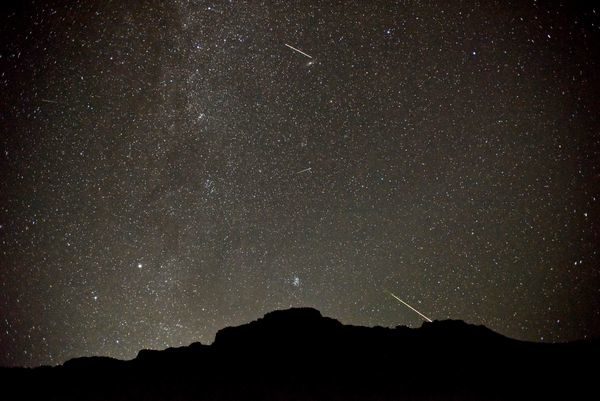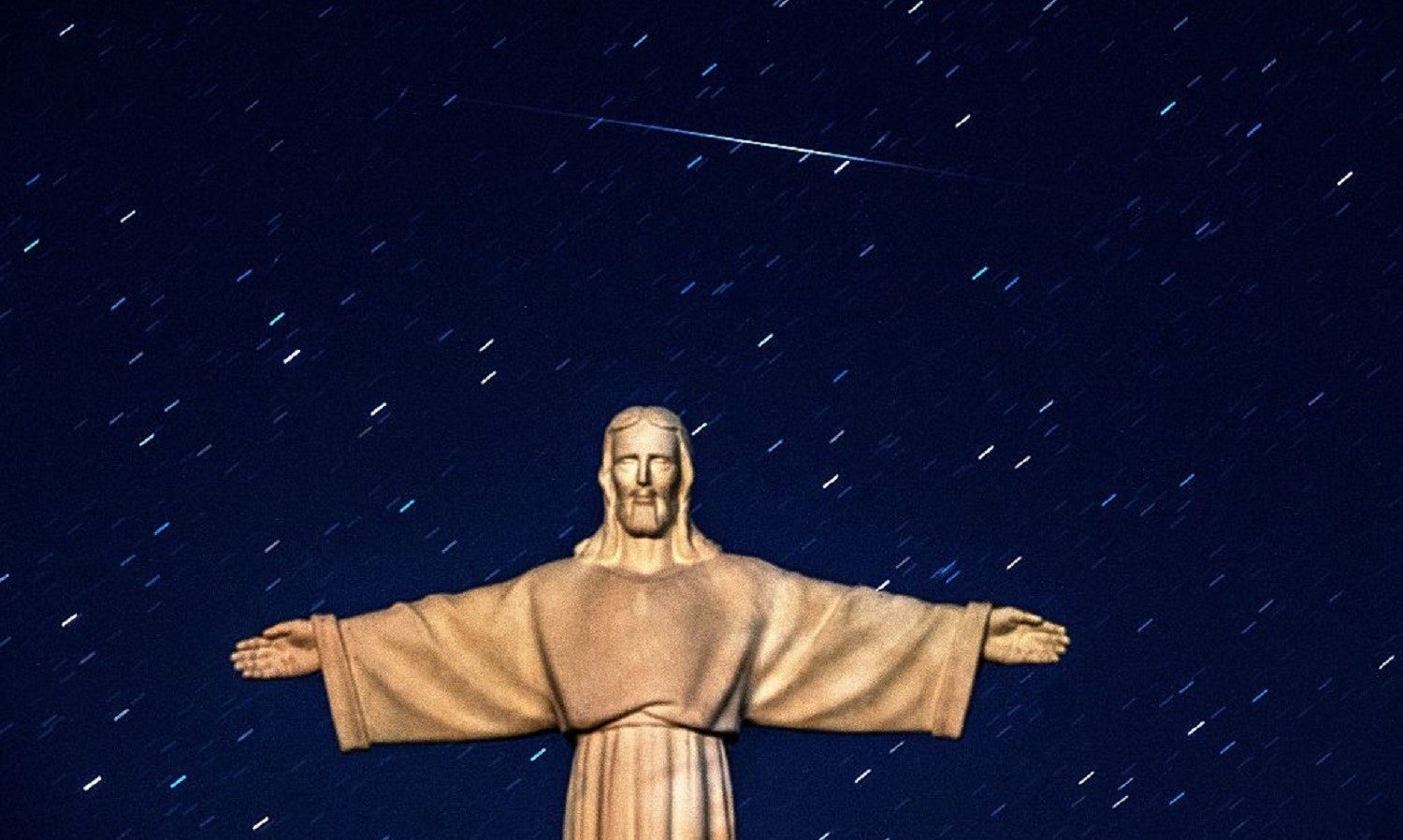OF THE
TIMES

Because Comet Halley has circled the sun innumerable times over countless millennia, cometary fragments litter its orbit. That's why the comet doesn't need to be anywhere near the Earth or the sun in order to produce a meteor shower. Instead, whenever our Earth in its orbit intersects Comet Halley's orbit, cometary bits and pieces - oftentimes no larger than grains of sand or granules of gravel - smash into Earth's upper atmosphere, to vaporize as fiery streaks across our sky: meteors.While this brilliant sighting may be part of the Eta Aquariids, as SOTT's Fire In The Sky section has been documenting, fireball activity continues to increase with every passing year, and, throughout the year, at times when there isn't a known meteor shower occurring.
It so happens we intersect Comet Halley's orbit not once, but twice each year. In early May, we see bits of this comet as the annual Eta Aquariid meteor shower.
i just saw a freaking falling star ❤️😭Speaking to Rekord, Kruger said it was astonished to see a shooting star in Pretoria.
- frafra (@Francinedoranxx) May 2, 2019

Comment: Just two days prior, a meteor was recorded over Mato Grasso, Brazil. And another was seen on April 26th flying over Rio de Janeiro, Brazil.